|
Sometimes things just happen during a painting. This was originally going to be called “Evening Falls” and was based on a painting by Benjamin Williams Leader RA as part of my ‘Inspiration’ series. A typical late Victorian scene it had all the classic ‘Leader’ ingredients – an old church in a rural setting with wet tracks and imposing trees. In my pencil sketch I added some gravestones dotted around the churchyard but when I painted them something strange happened – one of the gravestones mysteriously took on human form. This old lady appeared. She was walking away from the church. Had she been inside or perhaps putting flowers on a loved one’s grave? You will have to decide but for me she perfectly epitomised the lonely lady in the immortal Beatles Classic – Eleanor Rigby. I had to leave her in of course and changed the title of the painting. I bet you are humming the tune already!
0 Comments
Just down the road from where I used to live near York is a wonderful little Yorkshire nature reserve called Moorlands. Initially part of the grounds of a large house it is a perfectly preserved and well maintained Edwardian garden. Its main attraction is the spectacular collection of rhododendrons and maple trees. It is criss-crossed with delightful little paths each containing spectacular views particularly in May/June when the rhododendrons are in full bloom. But I was just as interested in the tall sycamores that graced the entrance to the garden proper. We would just have a wander on many mornings on our way to work at Gallery 49 in Bridlington. You could easily get round it in twenty minutes or so and you were set up for the rest of the day. This was an autumn day and the view before me as we were leaving the garden was amazing. The sun was just beginning to melt away the mist and it was absolutely certain that a glorious autumn day would ensue. I am certain you will agree with me that this beautiful scene just had to be painted. The challenge then was how to do it justice. There are quite a few techniques involved. First of all I used masking fluid on the brightest fallen leaves shapes. Next I just ‘spattered’ some drops of masking fluid randomly so that whatever happened I would have some light in the painting. The background is classic ‘wet in wet’- just dropping yellows and blues onto very wet paper and letting them come together. There was a bit of white paper showing but I left that alone as it added to the light effect. Then I painted all the trees before starting on the carpet of fallen leaves. Remember I had already masked some leaf shapes so now I used the wet on wet technique on the ground but this time using reds, browns and yellows. When it was dry (and it must be completely dry!) I ‘masked’ in some more leaf shapes and repeated the wet in wet again, then more leaf shapes with masking fluid and a final wash. When you remove the masking fluid you will find all these different coloured fallen leaves to make up a very realistic looking autumn carpet. That just left the light rays. I use transparent paint so I knew I could wash out the rays but I would have to be very careful. The rays all had the same source - the sun – and some went behind trees and some went in front of other trees but it was worth the effort because I think it turned out OK. Whenever I look at this painting it brings back happy memories of a lovely walk on an autumn day.
“The Haywain” by John Constable RA is one of the most iconic and easily recognisable paintings in the world. Apparently it is the most reproduced image of all time. The original is a large oil painting which presented me with many challenges if I wanted to include it in my ‘Inspirations’ series. My watercolour above was originally meant to be a sketch for the main painting later on. It gave me an opportunity to work through the challenges. As it was meant to be a sketch I deliberately left out the haywain itself to save time. But although I was still considering this as a sketch I took my time and concentrated closely as I wanted to do justice to the original masterpiece and the great man himself. I had to work from background to foreground which is standard watercolour practice. Constable is rightly famous for his knowledge of cloud formations so I worked carefully with my sky, sticking as close to his original as my free flowing watercolour would allow. It turned our quite well as did the background landscape. This was not as detailed as the original but the painting was now beginning to take shape. As I moved forward the painting just sort of ‘flowed’. It’s hard to explain but if you have ever painted you will know what I mean – everything went perfectly and easily and suddenly it was done. Constable was criticised in his own lifetime for his ‘snow’ – the white highlights on his paintings. I had used a bit of masking fluid on the mill pond but made my ‘snow’ by scratching out with a sharp craft knife. For once I was very pleased with the way it had turned out. I feel I have captured the flavour of that beautiful landscape and got a good density of colour enough even to rival an oil painting. My only regret now was that I had not included the haywain in my ‘sketch’. But surprisingly all was not lost. It transpired that Constable had also added his famous haywain as an afterthought. He had to send back to Suffolk where his cousin did several sketches of haywains for him. When he received the drawings back he was able to use them to complete his masterpiece in his London studio. This means that it is more than possible that his original painting waited in his studio unadorned by the famous haywain until he received the drawings and would have looked similar to mine. I have never redone the painting with the haywain in place but maybe I should one day! What do you think? Glenn
I painted this in 2004 after my first visit to the Lake District. Merice and I stayed in Keswick on our 25th wedding anniversary – I even surprised her with twenty five red roses waiting when we came down for breakfast. This is therefore a ‘happy’ painting as it brings back happy memories of our time there celebrating a special occasion for us. That set me thinking whether anyone else would see it as a ‘happy’ painting? Is it possible that the positive energy I put into this painting can somehow influence a viewer? I think it can and does. Every painting contains a little bit of the painter. The emotions are bound to affect the outcome of your work – so if you are feeling happy and settled then surely the resultant painting will have a positive and happy feel to it. Conversely then if things are not going so smoothly that will be reflected in the work too. A classic example of this can be found by comparing the serene paintings by a happy and contented John Constable while his wife was alive with the darker, more sombre nature of his later work after his wife had died. The painting itself is a fairly simple but classic view from the Lake District as the sun starts to set over Lake Windermere. I used some masking fluid for the shore line and painted the shapes in ‘wet on wet’ just allowing the colours to run and mix together. Anyway there it is. I would be very interested what you think and whether it makes you happy too. Let me know. Glenn
This is a quintessential Christmas scene - a charming cottage inviting us in through the trees across the snow covered path. Smoke is rising so the fire is lit and the twinkling windows assure us of a warm welcome when we get there! It is quite a complicated composition with many layers so was ideally suited to the modern medium of iPad art. I am often asked what exactly an iPad painting is. It is of course a painting like any other but with a different medium.Here's a step by step guide to "Cottage at Twilight". You will notice that I have proceeded in the same way as I paint with watercolour so an oil painter or acrylic painter may have used a different approach. The painting app I use is called Drawcast. I find it very easy to work with because it is so uncomplicated and lets me concentrate on the painting rather than the technology involved.
The Yorkshire Dales attract visitors from all over the world and it is not hard to see why. With its high desolate fells, sweeping dales and iconic dry stone walls it is instantly recognisable. Even on a dull and drizzly day it still has such wonderful beauty. This painting is based on a photograph taken by a good friend of mine – Nicky Busby. Nicky has traversed this amazing area many, many times raising thousands of pounds for a variety of worthy charities. We combined our efforts to raise some money for the Yorkshire Air Ambulance by raffling the photo and painting. Happily we raised £200 for that intrepid team who have helped save so many lives. Here is the original photograph: I wanted to stay close to the original photo which said everything about the dales but made some slight 'artistic' adjustments. I extended the road to take the eye more towards the distant fells and reduced the number of trees slightly, again to lead into the painting. I don't think we did a bad job between us though someone did remark that it was just a painting of a wall!
Roundhay Park is one of the largest city parks in Europe. It has more than 700 acres of parkland, woodland, lakes and gardens which are owned by Leeds City Council. It was officially opened in 1872 by Prince Arthur before a crowd of over 100,000 people. To celebrate this great occasion the city fathers commissioned the most famous of all Leeds artists to produce three paintings. This artist was the great John Atkinson Grimshaw. Now Grimshaw is most famous for his magnificent moonlight paintings or ‘nocturnes’. True to form then, he produced three stunning oil paintings but there was a bit of a snag. They were all ‘moonlights’ depicting the park at a time when the public would not be able to see as the gates were closed at dusk! However as paintings themselves, they are undoubted masterpieces. As a Leeds lad myself I have always been inspired by the man and his work. This watercolour is based on one of the oil paintings mentioned and I did it as part of my 'Inspirations' series. It was called “Waterloo Lake” which is the largest lake in the park and featured a glorious evocation of the magical effects of moonlight on a scene. For my painting I kept fairly closely to the original composition. I painted the background in a single layer just adding colours at different times to get the effects I was after. Masking fluid protected the light on the lake so I could be very free with the washes. Wet in wet is a brilliant technique ideal for watercolour. By adding the same colour at intervals as the paper began to dry I was able to create these tree shapes….and the paint and wet paper did all the work! A few strong details and shadows together with the lady gazing over the lake completed this enigmatic tribute to a great Victorian artist. If you get the chance please visit Leeds City Art Gallery to see the originals and then spend the afternoon in Roundhay Park. Why not? Glenn |
AuthorProfessional artist now semi retired and enjoying being eccentric! Archives
September 2022
|
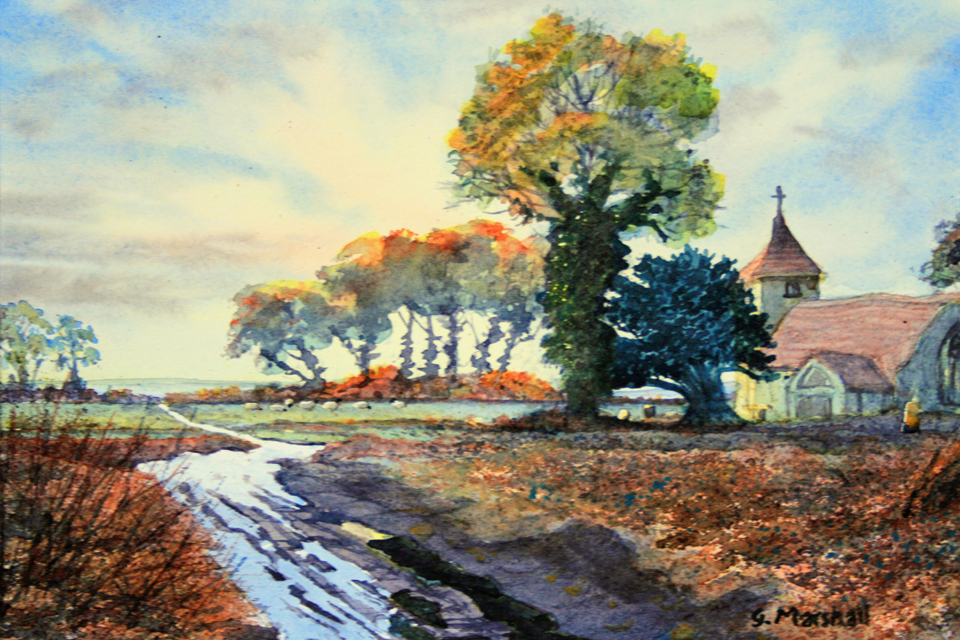
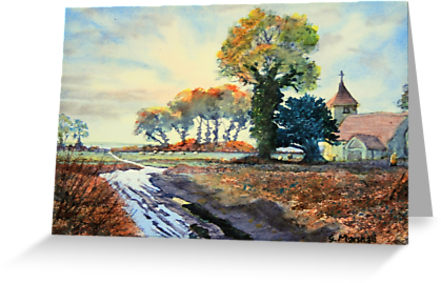
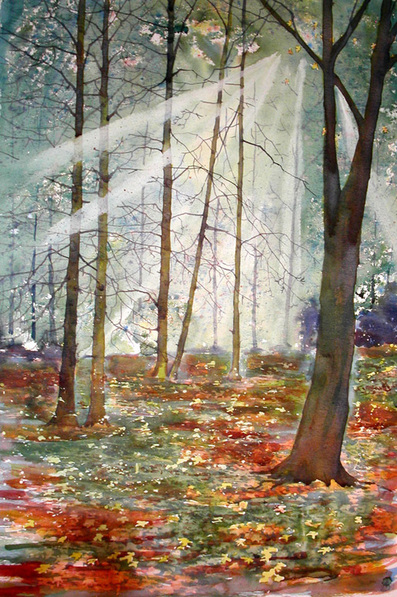
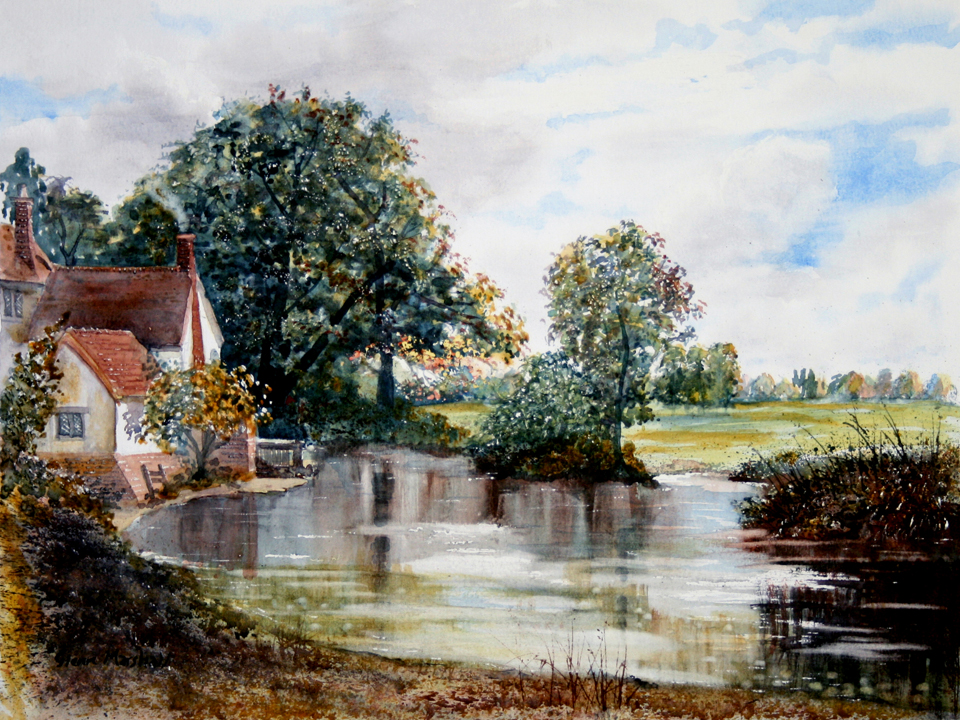

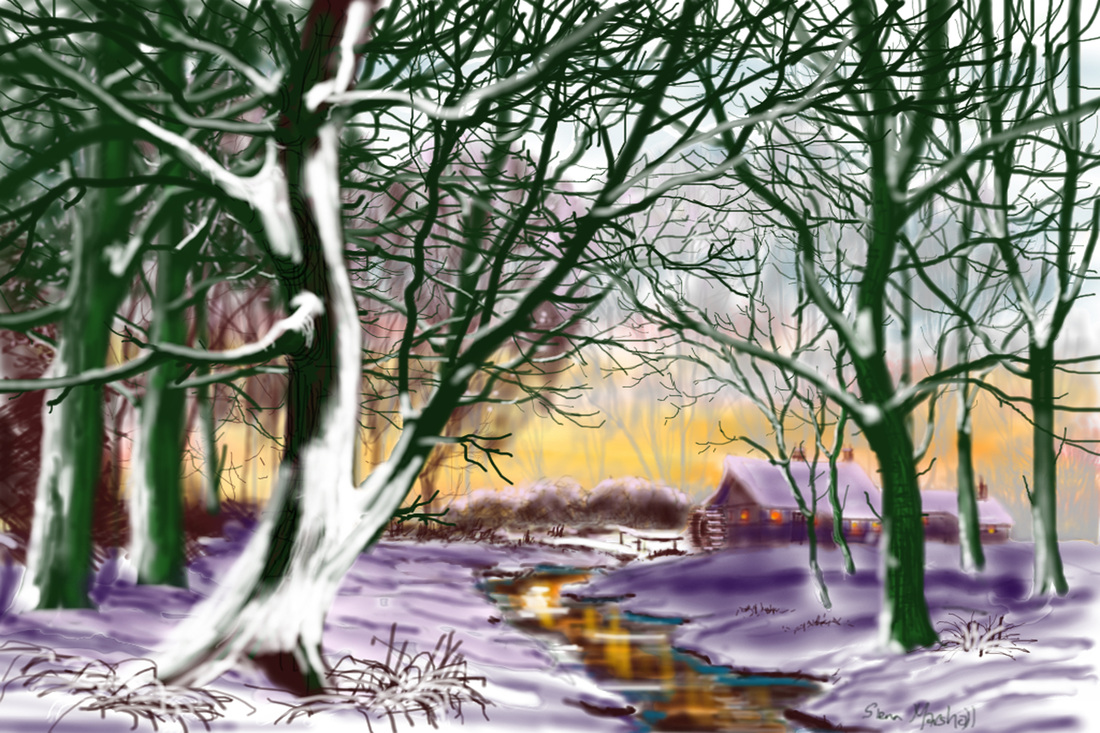
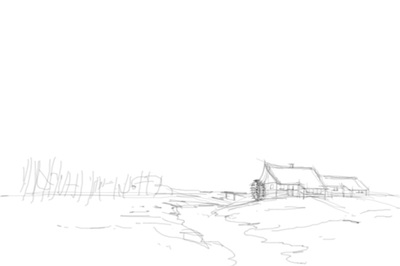
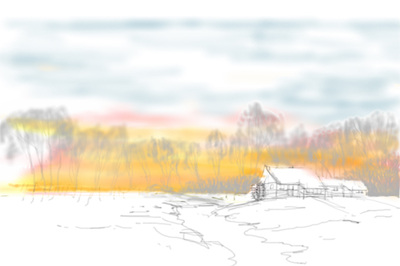
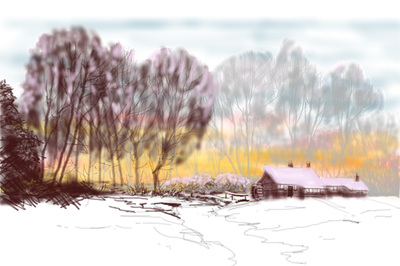
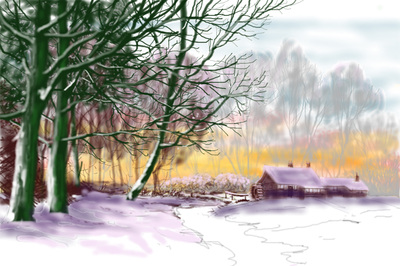

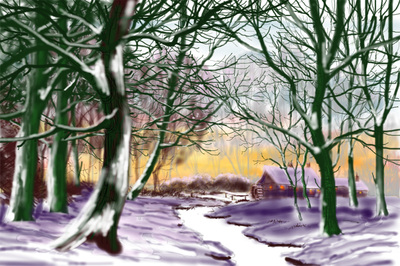
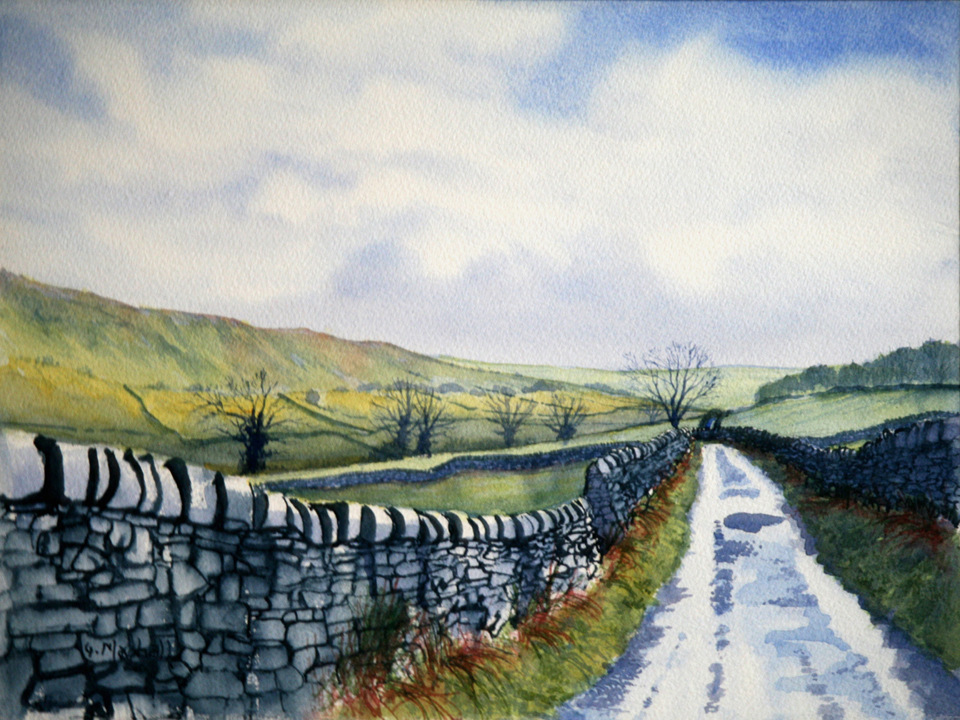
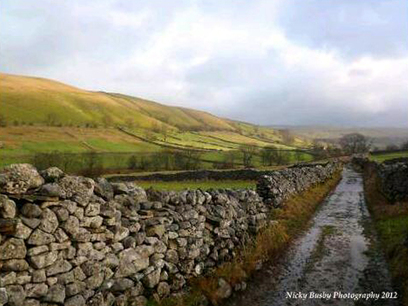
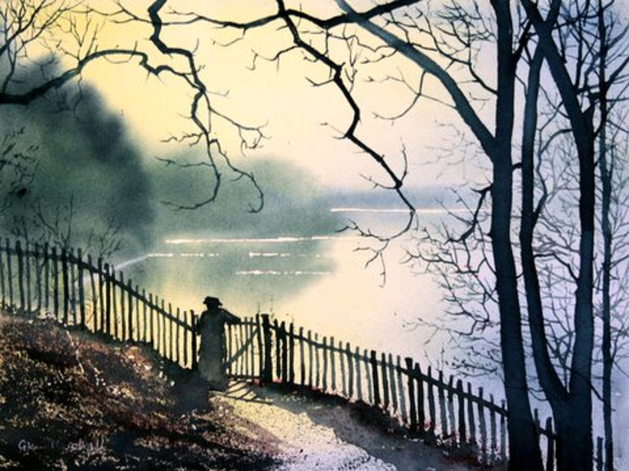
 RSS Feed
RSS Feed
